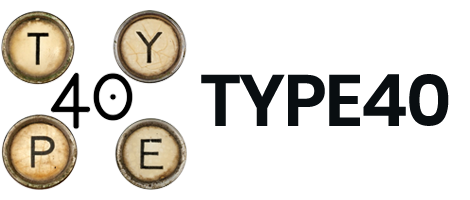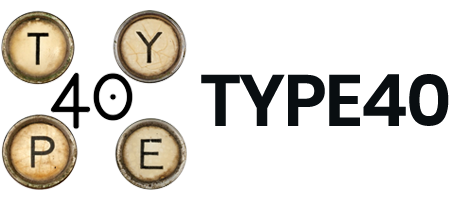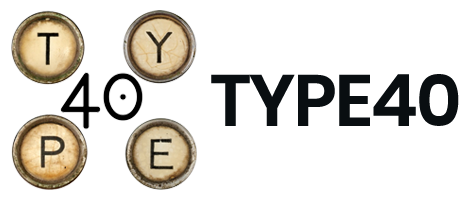07 May Screen Accuracy – !@$&!@!
 Warning, I’m about to get my rant on. Look away if you are squeamish because this won’t be pretty. Also , this isn’t aimed at you, that’s right, this is not a personal attack on you.
Warning, I’m about to get my rant on. Look away if you are squeamish because this won’t be pretty. Also , this isn’t aimed at you, that’s right, this is not a personal attack on you.
Warning over, here we go, hold on, it might be a bumpy ride.
Screen Accuracy. It’s the holy grail of the prop building community. Is it screen accurate? Does it match up exactly to what you see in the movie or TV show? Screen accuracy is basically the attempt to exactly replicate a prop used on screen. The exact size, the same colour, the same materials, everything. It’s often used as a measure of legitimacy, quality and as a stamp of approval. As if somehow, the one on the show is the absolute pinnicle of desire.
Let’s take a look at the concept of making something that is screen accurate. Tagging something you make as screen accurate just isn’t possible unless you somehow have access to actual screen used props, the original molds or perhaps the 3D models. Getting hold of them is next to impossible. So your thing is not screen accurate, it’s as close as you can get from reference and mensuration, (look it up, it’s basically what you are doing when you estimate sizes based on reference images). It’s not screen accurate, it’s your best shot.
So why do people insist on saying that there new thing is screen accurate, let me refer you back to paragraph three. Firstly , it’s often used as a measure of legitimacy. People strive to capture what they see on screen in the “thing” they are ever so passionate about , believing rightly or wrongly, that if it’s accurate it must be right, good, perfect. It offers some measure of connection with that which is held so dear and that’s ok, mostly, if that’s what you really, really want. What this doesn’t leave any room for is your own input. What it also does is devalue some of the best work out there by comparison and that’s not cool.
Quality is a funny word, we know it when we see it but it means different things to different people. I suppose if something is made screen accurate you could assign a certain amount of quality to the “thing” by virtue of it being made in a similar manner. But as we’ve already discussed, unless you are a movie prop builder using the same methods and materials and have the actual dimensions , your thing isn’t screen accurate. Most people don’t have access to that kind of kit. They do what they can with what they have. They approximate. So the quality will vary from prop to prop, person to person. You will know quality when you see it, but let’s not mistake accuracy with quality. They are not the same.
Lastly,(not really , there’s more and I commend you for even indulging my rant this far), I see screen accuracy used as a stamp of approval from others, “wow, looks so accurate” , “is that shield from the movie”, that sort of thing. That’s very nice and those comments are good, however it betrays the unseen grip our obsession with screen accuracy has on us.
We are more impressed with accuracy than we are with talent, hard work, time spent or creativity. Therein lies my main issue. We hobble ourselves with it. It holds back our own personal creativity. Yes we want to recreate something we love, but let yourself go. Change, innovate, improve. Make it different. Add something of yourself. It’s so freeing. You simply cannot make a mistake. The angle is wrong, who cares. It’s slightly larger than the one on screen, it doesn’t matter. Do you like it, is it pleasing to you? I’ve got news for you, you nailed it!
Let’s stop placing so much importance on screen accuracy and start appreciating the talent and creativity out there.
Thanks for listening. This rant was inspired by the mad skills of http://www.soloroboto.com/store/winter-soldier-chrome
Check it out. I’m very sure it’s as screen accurate as he could get but the point is , I’m also very sure he poured hours and hours of time and talent into this so let’s give some credit.




Sorry, the comment form is closed at this time.